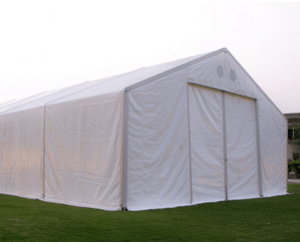
Agriculture
March 7, 2024
This Multipurpose Hall in Kenya is a multi-functional building designed by Nripal Adhikary and Juan Carlos Jaramillo Patino architects from INBAR- International Network for Bamboo and Rattan. The designers intended to use the project to introduce locally sourced bamboo in Kenyan construction. The structure is made of bamboo and eucalyptus, papyrus for insulation, and concrete for the foundation. Implementation involved training events for local builders that covered construction, bamboo processing and semi-processing, and bamboo resource management. The building was designed for the University of Maseno.
*Please note that building designs are being included as “products” in the Habitat Sector of the Solutions Library to allow readers to learn from how projects were designed and constructed and how they are serving the occupants, whether effective or ineffective.
Market Suggested Retail Price
$10,000.00
Distributors / Implementing Organizations
Similar bamboo and rattan-based projects have been developed by INBAR.
Manufacturing/Building Method
Architects from INBAR trained local youths to build this structure. It was built with simple tools and all the materials were locally sourced. It took 25 days to complete and it uses bamboo and eucalyptus as structural elements, papyrus for insulation, and concrete for foundation.
Intellectural Property Type
Select Type
User Provision Model
This project was developed by INBAR (International Network for Bamboo and Rattan) with funding from IDRC and built directly for the University of Maseno. Interested users can access relevant research data at INBAR’s website.
Distributions to Date Status
1
Unique Design (Yes/No)
Yes
Intended number of occupants (#)
Duration of construction (days)
Footprint area (m²)
65 m²
Number of storeys
1
Material composition
Bamboo, eucalyptus, papyrus, concrete
Flammable flash point temperature (ºC)
Unknown
Thermal insulating capacity (m²*K/W)
Papyrus fiber: R34 (1/0.029)
Maximum wind speed (km/h)
Unknown
Structural Occupancy Category
Seismic Design Category
Suitable Climates
Dry, Tropical
Design Specifications
The building is a multi-purpose hall measuring 65m² that uses bamboo and eucalyptus as structural elements, papyrus for insulation and concrete for foundation.
Technical Support
The building can be maintained by local labor with bamboo construction experience.
Replacement Components
All the components such as roofing, structure and flooring can be replaced using local materials.
Lifecycle
If properly treated, designed and maintained, the bamboo structure can last for one hundred years.
Manufacturer Specified Performance Parameters
This project aimed to assess the potential of local bamboo resources to provide a sustainable, safe, and affordable building material in Kenya.
Vetted Performance Status
No testing has been completed.
Safety
Builders should wear appropriate protective equipment such as hardhats, gloves and safety glasses while working to protect against physical injury commonly associated with heavy construction.
Complementary Technical Systems
None
Academic Research and References
Janssen, J., 2000, Designing and building with bamboo. Technical University of Eindhoven, The Netherlands.
Janssen, J., 1988, Bamboo as an Engineering Material: An annotated Bibliography. The IDRC Bamboo and Rottan Research Network.
Click here for further INBAR publications
Compliance with regulations
In 2004, INBAR work on bamboo construction was validated by the International Organization for Standardisation (ISO), which issued international standards ISO/DIS 22156 – bamboo: structural design (later updated to ISO 22156:2021 in 2021) and ISO/DIS22157 - Determination of physical and mechanical properties of bamboo (later updated to ISO 22157:2019 in 2019).

Agriculture
March 7, 2024
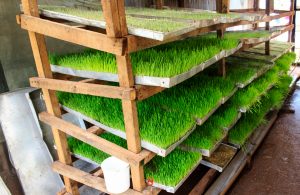
Agriculture
February 7, 2024
Implemented by
Hydroponics Africa
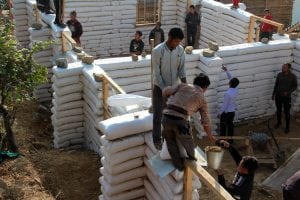
Agriculture
February 29, 2024
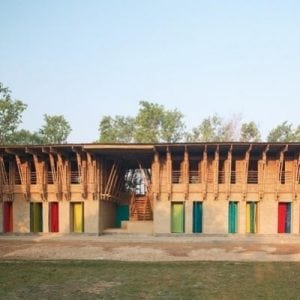
Agriculture
March 6, 2024
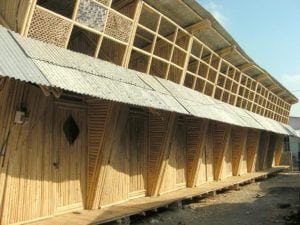
Agriculture
March 1, 2024
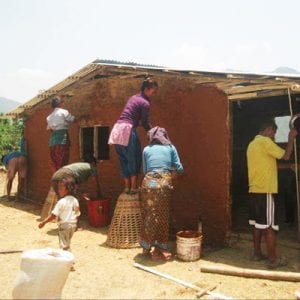
Agriculture
March 1, 2024
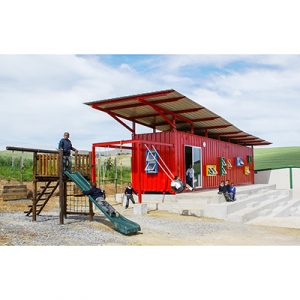
Agriculture
March 11, 2024
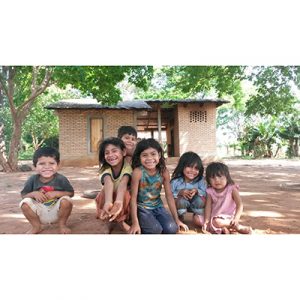
Agriculture
March 11, 2024
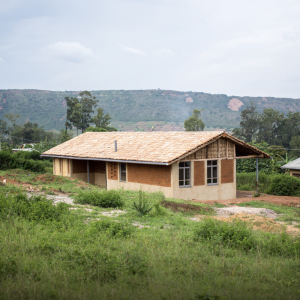
Agriculture
March 15, 2024
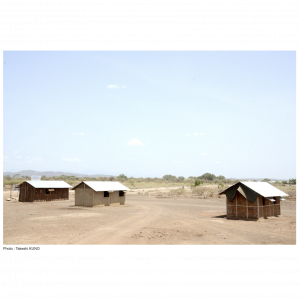
Agriculture
March 15, 2024
Have thoughts on how we can improve?
Give Us Feedback